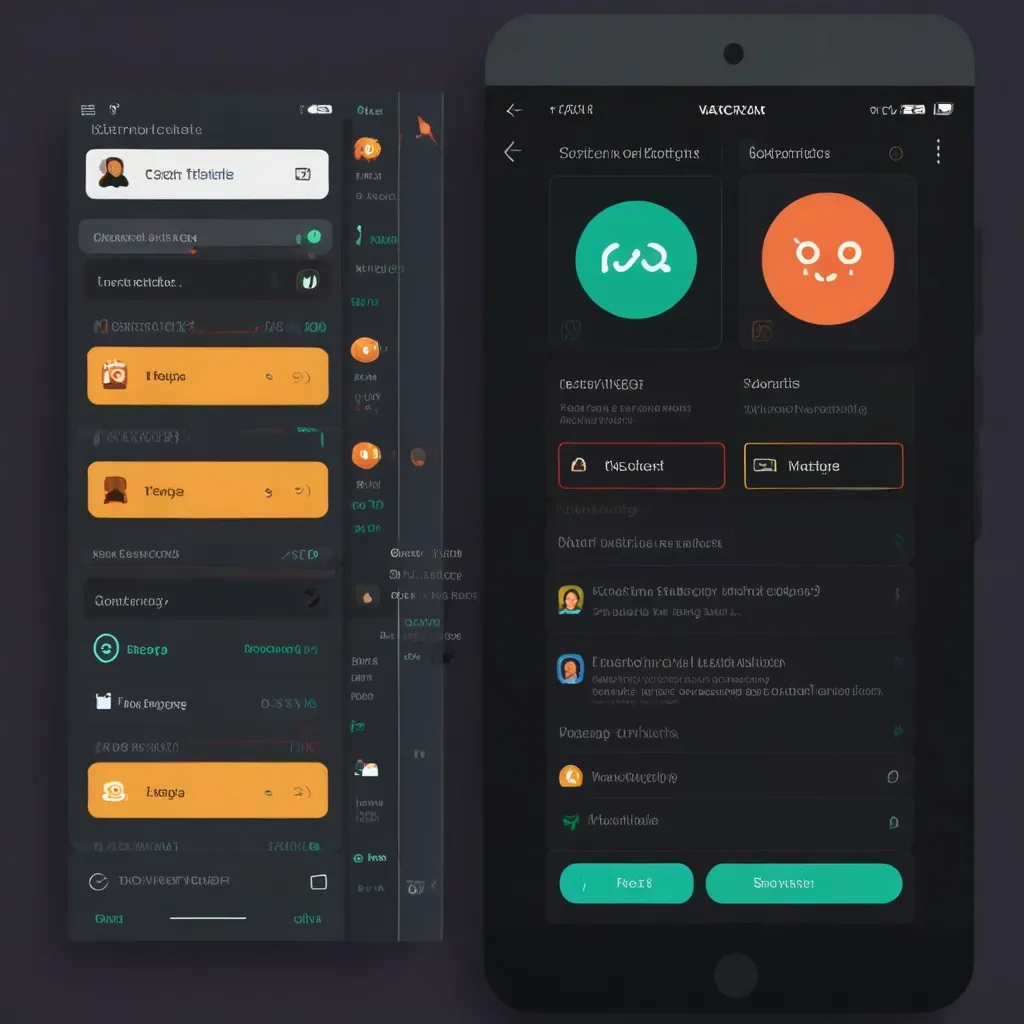In the ever-evolving world of web development, real-time communication between clients and servers has become increasingly essential. Enter WebSockets, the game-changing protocol that allows for seamless bi-directional communication over a single, long-lived connection. This article aims to shed light on what WebSockets are, how they operate, and why they’re revolutionizing modern web apps.
WebSockets are an integral part of the HTML5 specification, embraced by modern web browsers. They elevate web communication by enabling ongoing dialogue between client and server, unlike traditional HTTP requests that necessitate a new connection for every single data exchange. WebSockets are the backbone of applications demanding real-time updates, including chat apps, online gaming platforms, and live data dashboards.
The magic of WebSockets begins with an initial HTTP handshake. Simplified, this process looks like this: The client kicks things off by dispatching an HTTP request to the server, dialed in to use the WebSocket protocol. The server, in response, signals its agreement to switch to WebSockets by sending back an HTTP response that includes an Upgrade header. With this handshake complete, both client and server dive into efficient, message-based communication. Messages fly back and forth in frames, each consisting of a header and a payload. Headers carry crucial information about the frame, including message type and length, while the payload contains the message data.
WebSockets have found a niche in various real-world applications, each leveraging their real-time communication prowess. For example, consider chat applications. Imagine the ease with which messages flow in real-time between users. When a chat message is sent, it instantly travels to the server, which broadcasts it to all connected clients. The result is an instantaneous and dynamic chat experience for all users.
Another exciting arena for WebSockets is online gaming. Real-time communication plays a pivotal role in ensuring an immersive gaming experience. WebSockets allow game events to sync seamlessly across clients and servers. So, when a player maneuvers their character, the game state updates in real-time for everyone, keeping the gameplay fluid and synchronized.
Real-time dashboards, another stellar use case for WebSockets, showcase live data like stock prices or system metrics. Using WebSockets, the server can push fresh updates to the dashboard the moment new data hits, ensuring users always view the latest information.
In the world of financial trading, where split-second decisions can make or break fortunes, WebSockets are invaluable. They facilitate real-time updates of stock prices and financial data, giving traders the edge through timely and accurate information.
Implementing WebSockets is straightforward and begins by creating a connection on both client and server sides. Here’s a simple client-side setup using JavaScript:
let socket = new WebSocket("wss://example.com/websocket");
document.forms.publish.onsubmit = function() {
let outgoingMessage = this.message.value;
socket.send(outgoingMessage);
return false;
};
socket.onmessage = function(event) {
let message = event.data;
let messageElem = document.createElement('div');
messageElem.textContent = message;
document.getElementById('messages').prepend(messageElem);
};
On the server side, setting up a WebSocket server with Node.js and the ws library might look like this:
const WebSocket = require('ws');
const wss = new WebSocket.Server({ port: 8080 });
wss.on('connection', (ws) => {
ws.on('message', (message) => {
wss.clients.forEach((client) => {
if (client !== ws && client.readyState === WebSocket.OPEN) {
client.send(message);
}
});
});
});
WebSockets hold several advantages over traditional HTTP requests. They provide low latency communication, significantly reducing the lag associated with polling techniques. The bi-directional nature of WebSockets means data can flow in both directions simultaneously, which is crucial for applications needing constant updates. Moreover, WebSockets are highly efficient, utilizing a single connection for all communication and thereby cutting down on the overhead of multiple HTTP connections.
While developers can opt to implement WebSockets from the ground up, many prefer leveraging libraries that simplify the process. Popular choices include:
- Socket.IO: This one’s a champ in the Node.js community, offering a robust alternative transport protocol that seamlessly transitions between WebSockets and long-polling.
- µWebSockets: Known for its scalability, this WebSocket server and client implementation suits C++11 and Node.js users.
- ws: A go-to WebSocket client and server library for Node.js, praised for its simplicity and performance.
- SignalR: This library stands out by using WebSockets when available, gracefully falling back to other methods as needed.
These libraries abstract away the complexities of WebSocket implementation, often providing handy features such as authentication, error handling, and message routing. They enable developers to craft robust, real-time applications without getting bogged down in the nitty-gritty details.
In conclusion, WebSockets are an illustrious addition to any web developer’s toolkit. They empower real-time web applications with low-latency, bi-directional communication over a singular connection, making them perfect for a variety of applications from chat systems to dynamic dashboards. With broad support across modern web browsers, WebSockets are here to stay, ensuring users enjoy fast, interactive, and responsive web experiences, whether they’re trading stocks or simply chatting away.






